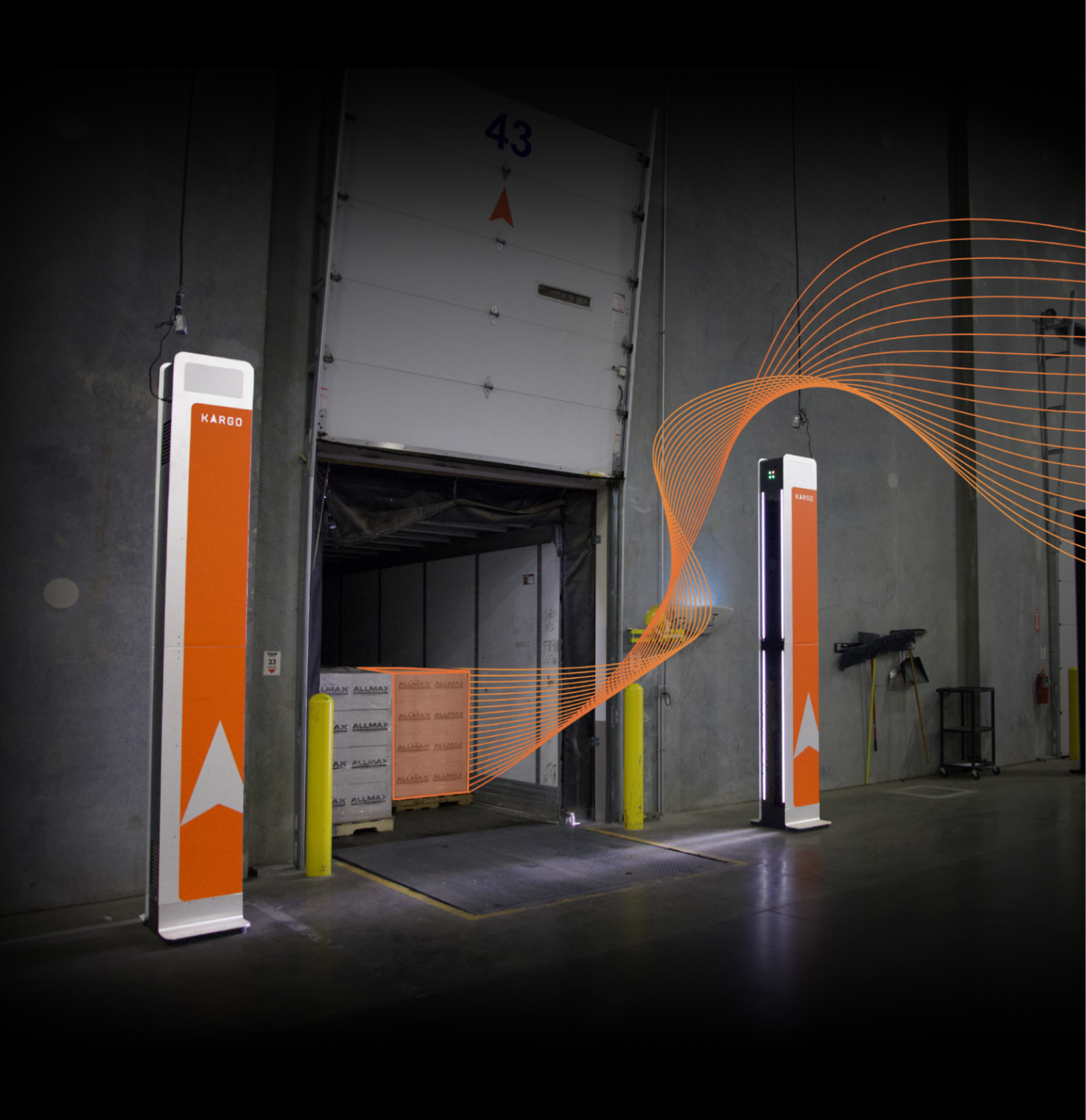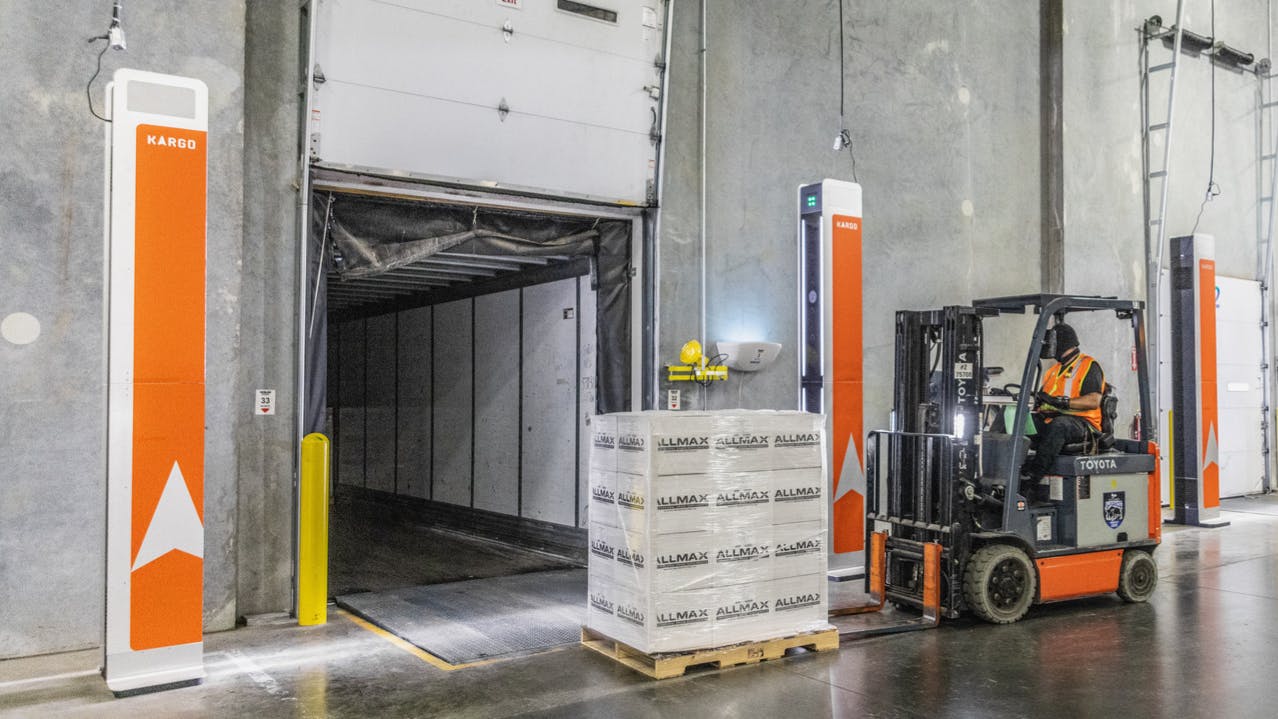Food & Beverage
Food Traceability Rule FAQs: Get Started on Compliance Now
| Kargo | 5 min
What You Need to Know



The Food and Drug Administration (FDA) Food Traceability Rule is approaching, and it's crucial for companies in the food industry to be prepared.
The rule, a key component of the FDA Food Safety Modernization Act, introduces new record-keeping requirements for businesses involved in various aspects of food production and distribution.
Here, we’ll answer common questions about the Food Traceability Rule, including how computer vision can revolutionize record-keeping processes, ensuring accuracy and adherence to regulatory guidelines.
Have questions? Email go@mykargo.com
What is the FDA Food Traceability Rule?
The FDA has finalized a rule, known as the Food Traceability Rule, which implements Section 204(d) of the FDA Food Safety Modernization Act (FSMA). Its requirements will allow for faster identification and removal of potentially contaminated food, resulting in fewer foodborne illnesses or deaths.
The rule requires companies subject to it to maintain records containing Key Data Elements (KDEs) associated with specific Critical Tracking Events (CTEs).
When does the Food Traceability Rule take effect?
The compliance date for companies subject to the rule is Tuesday, January 20, 2026.
Who must comply with the final rule?
New regulations apply to companies that manufacture, process, pack, or hold foods on the Food Traceability List (FTL). This includes domestic and foreign firms involved in producing food for consumption in the United States.
What are penalties for non-compliance?
The FDA can impose civil penalties of up to $10,000 per day for each violation. In addition, the agency can seize and detain food that is not in compliance with the rule.
What foods are on the Food Traceability List?
The FTL includes certain cheeses, shell eggs, nut butters, fresh herbs, leafy greens, melons, cucumbers, peppers, sprouts, tomatoes, tropical tree fruits, fresh cut fruit, vegetables, finfish, crustaceans, mollusks, and ready-to-eat salads.
What records must be kept?
The final rule identifies Critical Tracking Events (CTE). Each CTE requires record-keeping of certain Key Data Elements (KDE). Companies must keep records of the KDEs for each CTE for at least five years. In the event of an FDA request for records, companies have 24 hours to satisfy the request.
CTEs include harvesting, cooling, initial packing, first land-based receiver for seafood, shipping, receiving, and transformation.
At the shipping and receiving level, there are multiple KDEs to capture.
Shipping KDEs include traceability lot code for the food, quantity and unit of measure of the food, product description for the food, location descriptions for the shipping location and for the next non-transporter recipient, shipping date, traceability lot code source reference, reference document type, and reference document number.
Receiving KDEs include traceability lot code for the food, quantity and unit of measure of the food, product description for the food, location descriptions for the last prior non-transporter source and for the receiving location, receiving date, traceability lot code source reference, reference document type, and reference document number.
How does computer vision support food traceability?
Computer vision can effectively and continuously address the challenges of maintaining compliant shipping and receiving records under the Food Traceability Rule.
Manual record-keeping processes are prone to errors, omissions, and inaccuracies. These issues can hinder effective traceability in the event of a food safety or quality concern and open companies to non-compliance penalties and increased audit risks.
Implementation of computer vision at loading docks can be a game-changer.
Kargo leverages advanced image recognition algorithms and artificial intelligence to automatically capture and analyze shipping and receiving data in real time.
Using cameras and sensors at loading docks, Kargo Towers accurately capture and interpret key information, including product labels, barcodes, and other marks.
This eliminates the need for manual scanning and ensures complete accuracy to support compliance with Food Traceability Rule record-keeping requirements.
Kargo also integrates with your existing inventory management systems, enabling seamless data sharing across your supply chain.
With computer vision at loading docks, companies can streamline record-keeping processes, enhance traceability, and minimize compliance risks associated with food traceability.
How can companies prepare for the Food Traceability Rule?
Kargo recommends a roadmap for computer vision implementation well in advance of the 2026 compliance date.
Companies should leave plenty of time to launch pilot programs, onboard key staff and stakeholders, integrate with existing systems, and make improvements to standard operating procedures (SOPs) based on learnings.
Here is a set of steps to follow for timely compliance:
Identify Data Requirements
Know which data you need to track and keep, based on CTEs and KDEs outlined in the Food Traceability final rule. (See “What records must be kept?” above.)
Kargo works with you to perform constellation mapping of your label requirements to ensure capture of required data attributes.
Launch a Pilot
Try Kargo at facilities that are representative of your larger operations. Computer vision towers automate shipping and receiving, replacing manual scanning, flagging discrepancies at the dock, and delivering data in real time.
By equipping your warehouses with computer vision capabilities now, you’ll be ready for 2026.
Training and Education
Kargo provides your company with several days of onsite training. We review how Kargo works, spotlighting features that matter in the warehouse and the office.
- Automated data capture as freight enters and exits warehouses
- Visual indicators on Towers that flag pallet damages or discrepancies
- AI-based safety monitoring that tracks safety compliance
- Record-keeping that meets the requirements of the Food Traceability Rule
As you transition, we remain available for ongoing support.
Integration with Existing Systems
Full integration with Kargo achieves the fastest possible data capture and delivery, real-time exception or error flagging, and network-related decision making.
With easy access to your data, you can quickly pull records upon request and support traceability in the event of a recall.
Video proof, recorded by Kargo Towers, backs up records and reports.
Continuous Improvement
Kargo data lets you discover trends and opportunities. If there are issues to resolve ahead of the Food Traceability Rule’s effect, you can get a head start on matters before they become compliance risks.
With enough time to implement computer vision, your company can ensure compliance with the Food Traceability Rule.
Questions?
Connect With us
Ask us anything or drop your email to stay in touch









